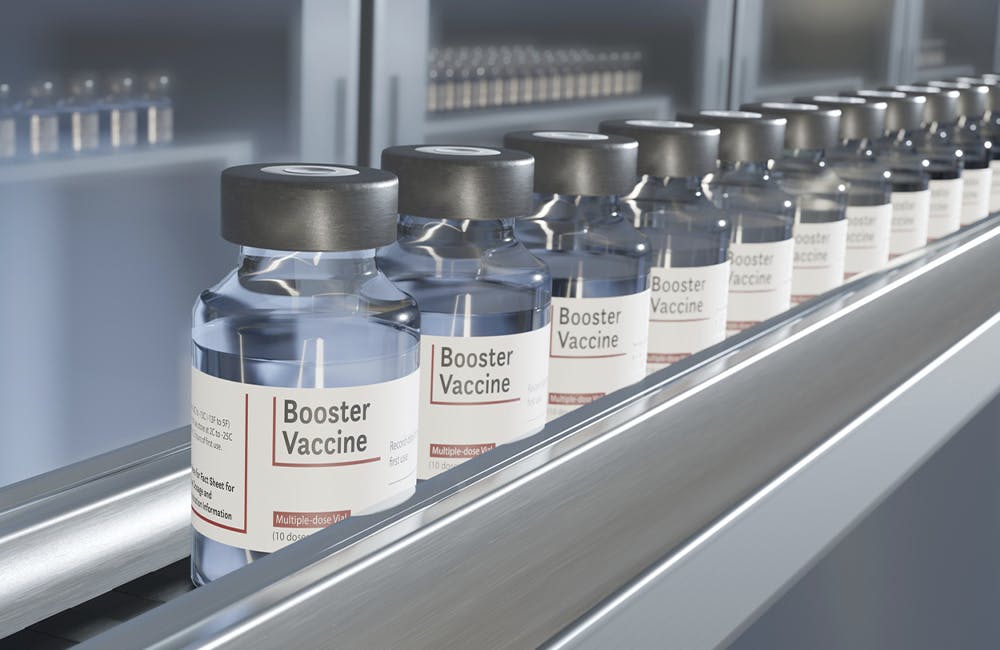FDA CIO: Refreshed IT Plan is Budget Conscious
The new strategy takes an enterprise-wide approach that focuses on cybersecurity, data management and workforce development.

The Food and Drug Administration (FDA)’s refreshed annual IT strategy puts forth a budget-conscious infrastructure modernization plan it calls “One FDA,” CIO Vid Desai told GovCIO Media & Research.
“If we can make our IT dollars go further, it benefits everybody across the agency,” he said.
The strategy features six main goals targeted by fiscal year 2027. This includes creating a shared “One FDA” ecosystem, strengthening IT infrastructure, modernizing enterprise services and capabilities, sharing data for mission outcomes, adopting AI and mission-driven innovations, and cultivating talent and leadership.
“This strategic shift enables the FDA to leverage economies of scale, negotiate better terms with vendors and align procurement activities more closely with organizational objectives and industry best practices,” FDA Office of Enterprise Portfolio Management Director Joseph Montgomery told GovCIO Media & Research earlier this year.
The new strategy comes at a time when the agency wants to be more efficient with its technology spend.
“The main purpose is to reduce duplication and make better use of our dollars. We’re increasingly getting into a budget situation which is very challenging for the agency,” said Desai. “We’re now taking a much more strategic approach to budgeting, and it gives us a better view [of the long-term].”
How FDA is Tackling AI
Many of the IT plan’s tenets resonate across some of its recent technology developments, including artificial intelligence where it is developing ethical guidance while still allowing the agency use AI to its full potential.
Chief Medical Officer for the FDA’s Digital Health Center of Excellence Dr. Matthew Diamond said that accurate data is paramount to ensure health care organizations adhere to privacy laws and ethical standards.
“[There is] movement toward a more of a federated model, where data is not necessarily transferred or shared, but you have a platform where you can train a model at local sites, where the data stays on site, and all of that training contributes to a central model,” said Diamond at the Health IT Summit.
Generative AI has already helped the FDA turn PDFs into valuable data assets. Desai said the agency has petabytes of PDFs that will be analyzed by AI.
“The traditional view of these unstructured PDFs were hard to work with, and GenAI makes a lot of sense out of them,” said Desai. “The context that a paper document has, AI now can understand and process it reasonably well. [It] turns that PDF into a strategic asset, far more than structured data gives us in some cases.”
Upskilling Workforce
While AI relies on good data, the workforce will need to rely on good data literacy skills. One section of the IT strategy is focused on upskilling the workforce and providing continuous learning opportunities.
This followed its earlier Leadership Modernization Action Plan followed by the Digital Leadership Program, which saw its first set of graduates in May and aims to build a pipeline of “future-ready technology leaders.”
“This is our pipeline of future leaders. We’re looking for bold leaders who will drive change and help modernize all areas of the agency by using technology as a catalyst,” said Desai.
This is a carousel with manually rotating slides. Use Next and Previous buttons to navigate or jump to a slide with the slide dots
-

OPM Extends Tech Force Deadline as Program Tests New Federal Hiring Model
High demand prompted OPM to extend Tech Force applications to Feb. 2 as the agency pilots centralized, skills-based hiring.
5m read -

FDA Outlines AI Principles for Drug Development
New FDA guidance outlines 10 principles for using AI in drug research, development and manufacturing, developed with European regulators.
3m read -

Federal AI Enters a ‘Storming Phase’ Under the Genesis Mission
National labs are working to reduce complexity, connect compute and deploy assured autonomy to speed AI research and deployment.
3m read -

Agencies Turn to Industry to Scale AI, Develop Federal Workforce
Federal IT leaders say industry partnerships are critical to overcoming workforce and technical challenges in AI adoption.
3m read








